On Space | Antecedens est Precedent
by Dr. Mark David Major, AICP, CNU-A
The premise is precedent. Space is not a neutral field against which the societal is randomly played out. Space is more than a mere reflection of independent and discrete socio-economic and cultural variables. It is a living organism, constructed piece-by-piece as a machine for living, seeing, and being that has achieved its own particular form of consciousness, a spark of life more than the sum of its parts and more than the parts contributing to the Corpus Spatium. For too long, knowledge of space has been characterized by apathy, obscurely a superficial reaction against the heroic Modernists but really a deep, substantive fear of constructing knowledge and understanding, of releasing inhibitions that continue to reward failure, keeping food on the table as opposed to providing nutrition for the soul. The hypocrite’s feast is the city’s famine. Knowledge has been stagnant, without evolution, to the point where the vocal heretics now call for revolution. Space is both dependent and independent, a variable mixture of cause, effect, and react that demands our evaluation and our respect. Without so, we diminish the most valuable commodity the city has to offer, in exchange for our empathy it can provide rewards beyond imagining,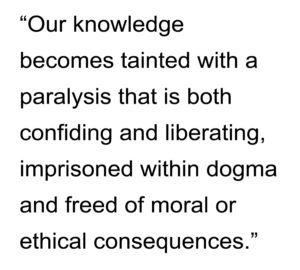 of happenstance and serendipity, of casual encounter, of formal beginnings, and a lifetime of companions to share the journey with us.
of happenstance and serendipity, of casual encounter, of formal beginnings, and a lifetime of companions to share the journey with us.
When we view the space of the city as a neutral variable, we devalue the beingness of the city as an object of analysis and curiosity. Our knowledge becomes tainted with a paralysis that is both confiding and liberating, imprisoned within dogma and freed of moral or ethical consequences. The game is played with the chess pieces but the board sets the parameters of the rules. Our cities thus have become lawless, without rules catering to the urban object but in service to the greed of the self. When we view the space of the city as isotropic, we artificially impose uniformity where it does not manifestly exist. We attempt to impose rather than derive meaning from city places. It is a fallacy. We inflate the importance of individual action and deflate the status of collective significance without really comprehending either whilst the kinetic and potential energy of urban space becomes lost in a primordial soup of fashionable theory. Actuality and potentially are ignored at its peril, and we become lost in a uniform monstrosity of development patterns that ‘follow the rules’ but want for a logical existence. When we view the space of the city as mere reflection we judge through a mirror darkly. We assign a value lacking any quantity. We concede quality without calculation. The city more than reflects, it embodies. It consumes and births, it is nurture and nature surely melted, an elegant synthesis of meaning where past and future are simultaneously read and written into a spatial harmony. The space of the city is a systematic thing and we are the blood coursing through the veins of its streets, both sustaining of and existing at its heart. There is a logic to its arrangement and an organization to its reason for being. Space is alive and lives within and without in the city. Antecedens est, est exemplum.
On Space is a regular series of philosophical posts from The Outlaw Urbanist. These short articles (usually about 500 words) are in draft form so ideas, suggestions, thoughts and constructive criticism are welcome.



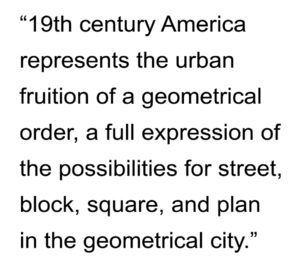 It welcomes and reassures, it is questions with answers, offering solvable riddles to the observant and the observed.
It welcomes and reassures, it is questions with answers, offering solvable riddles to the observant and the observed.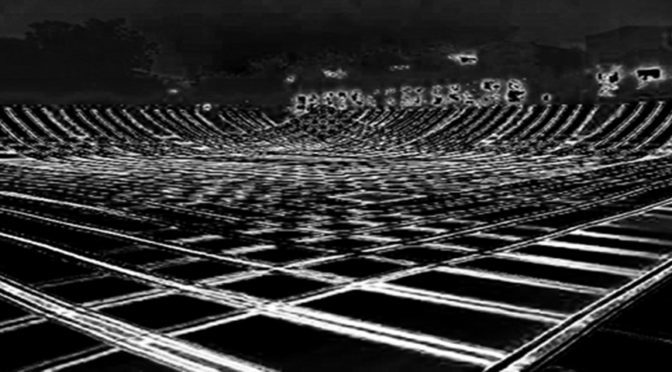
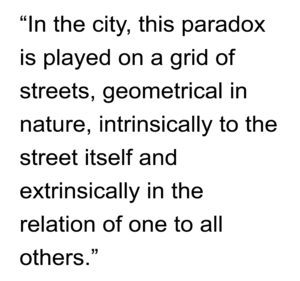 of observing that which we wish to understand and, in doing so, we become trapped within the tired dogmas of an imagined past and a condemned future.
of observing that which we wish to understand and, in doing so, we become trapped within the tired dogmas of an imagined past and a condemned future.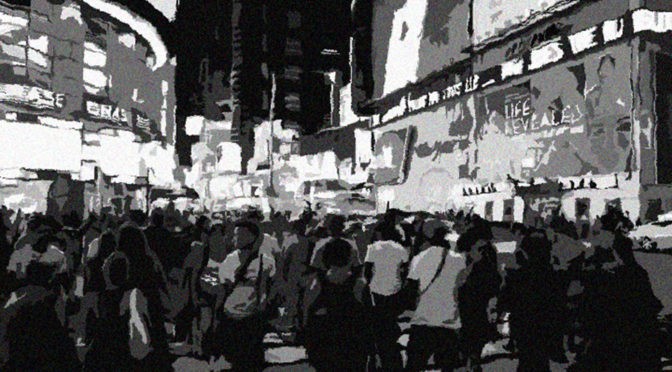
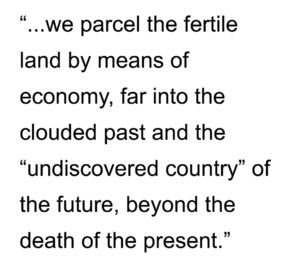 From this emerges meaning and function, a city of light and sound, movement and life, each particular in their own way but also a simulacrum of all that has come before and will arrive again. There is power in the disorder of the city and a power of magnitude to be discovered in its orderly manifestation. Neither is greater than the other nor the sum of the parts. Within this (dis)order we live and function, day to day, year to year. We shape and are shaped by the space of the city, we utilize its strategic provisions for seeing, going, and being and its infinite redundancies to pause, understand, reflect, perhaps even decide. The light we shine on the city reflects upon ourselves and, in seeking to better understand the city, we learn to incrementally know ourselves. The city is both static in the moment and dynamic across the seconds. It can be understood all at once but its parts in isolation are – often so – the genesis of intellectual aberration. The organism grows but the machine still operates and we are befuddled. The city is at once process and product, the thing already made and in the process of becoming, the Father seeding the land, the Mother birthing the child, and the child being born, a Trinity upon itself. However, this is not a Mystery of faith but a failure of understanding. We must conjecture, we must believe, we must hypothesize, and we must dissect and reassemble if we hope to intervene with wisdom in the space of the city. Let us delve into Beingness of the city to better understand its nature with hope and expectation instead of fear and trepidation. It is life revealed.
From this emerges meaning and function, a city of light and sound, movement and life, each particular in their own way but also a simulacrum of all that has come before and will arrive again. There is power in the disorder of the city and a power of magnitude to be discovered in its orderly manifestation. Neither is greater than the other nor the sum of the parts. Within this (dis)order we live and function, day to day, year to year. We shape and are shaped by the space of the city, we utilize its strategic provisions for seeing, going, and being and its infinite redundancies to pause, understand, reflect, perhaps even decide. The light we shine on the city reflects upon ourselves and, in seeking to better understand the city, we learn to incrementally know ourselves. The city is both static in the moment and dynamic across the seconds. It can be understood all at once but its parts in isolation are – often so – the genesis of intellectual aberration. The organism grows but the machine still operates and we are befuddled. The city is at once process and product, the thing already made and in the process of becoming, the Father seeding the land, the Mother birthing the child, and the child being born, a Trinity upon itself. However, this is not a Mystery of faith but a failure of understanding. We must conjecture, we must believe, we must hypothesize, and we must dissect and reassemble if we hope to intervene with wisdom in the space of the city. Let us delve into Beingness of the city to better understand its nature with hope and expectation instead of fear and trepidation. It is life revealed.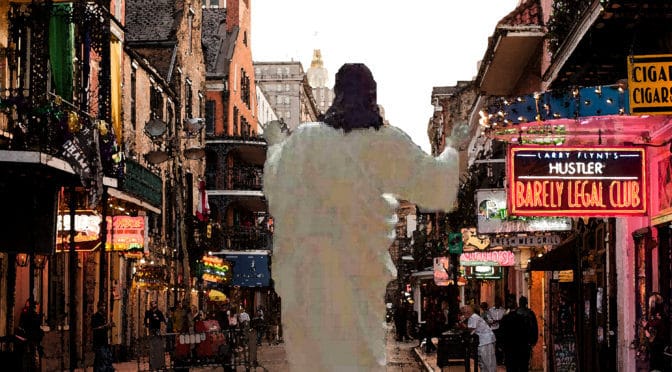
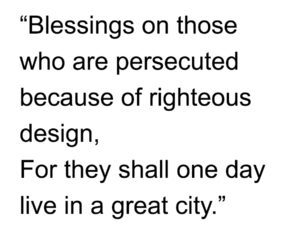 Blessings on the placemakers,
Blessings on the placemakers,